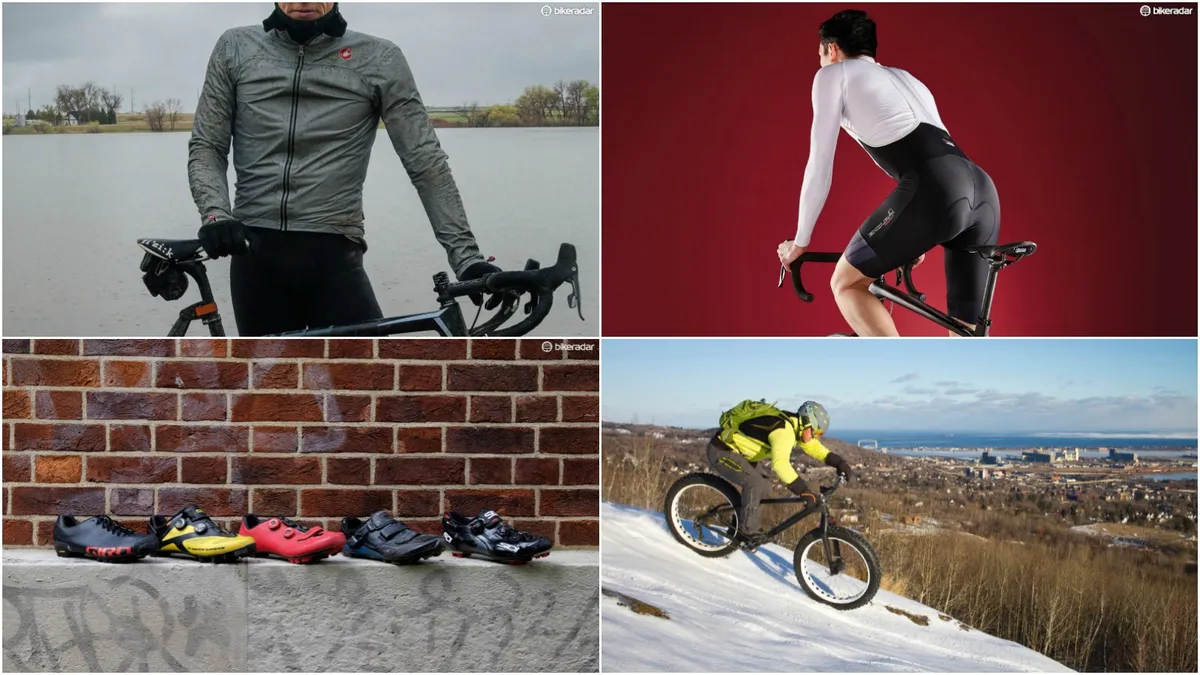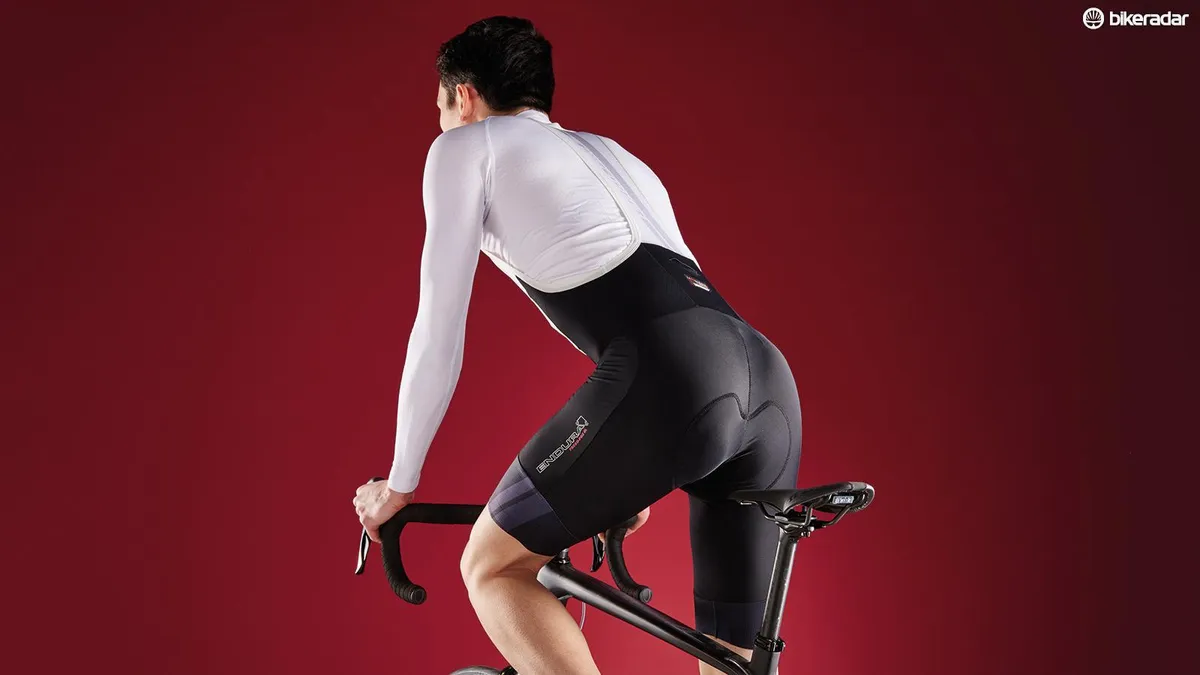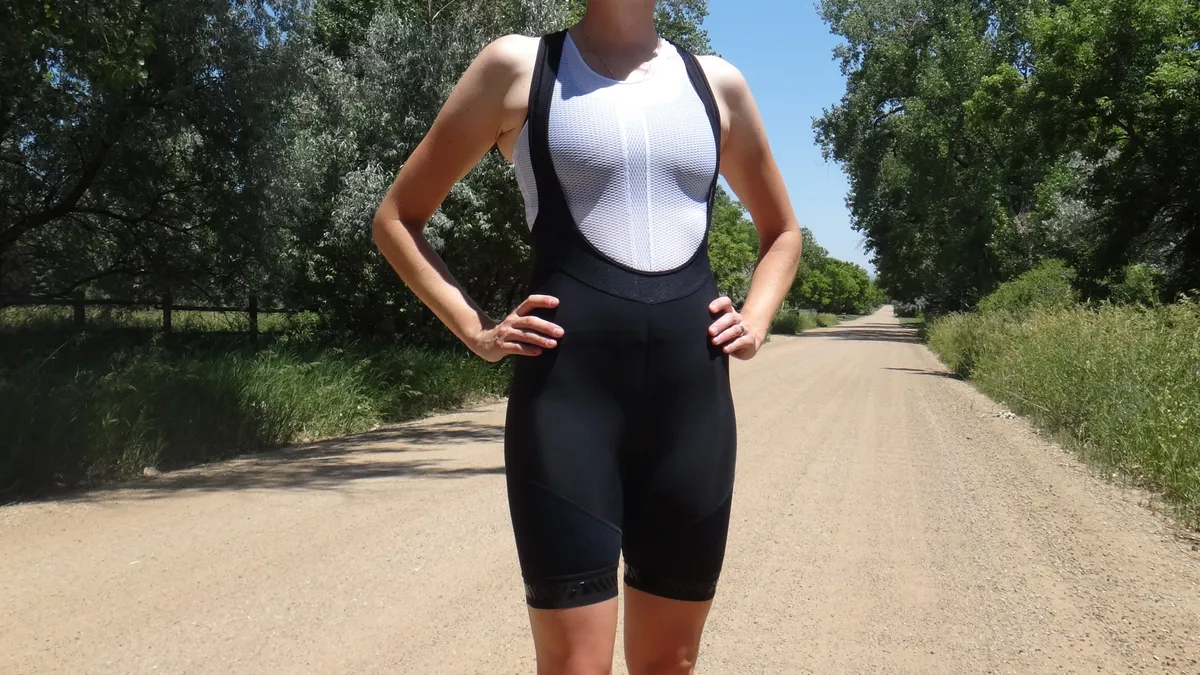We’ve tested thousands of cycling garments over the years on BikeRadar. Some are excellent, others… not so much. The best bike clothing will keep you comfortable, protected and looking good, so you can enjoy your ride. Here’s a round-up of our buyer’s guides and favourite items of cycling clothing for road, mountain and urban riders.
If you’re just starting out on two wheels, the good news is that you don’t need to immediately spend loads of money on a whole new wardrobe of cycling clothes. You can have lots of fun riding in shorts, a t-shirt and trainers. Once you start doing longer rides, though, or get caught out in a rain shower, you’ll definitely appreciate the comfort that key items like padded shorts, a base layer, gloves and a waterproof jacket can bring. And in warmer weather, you'll be much more comfortable wearing a fabric that's been made to help perspiration evaporate quickly than you'll be in heavy cotton or denim.
8 clothing innovations to look out for in 2017
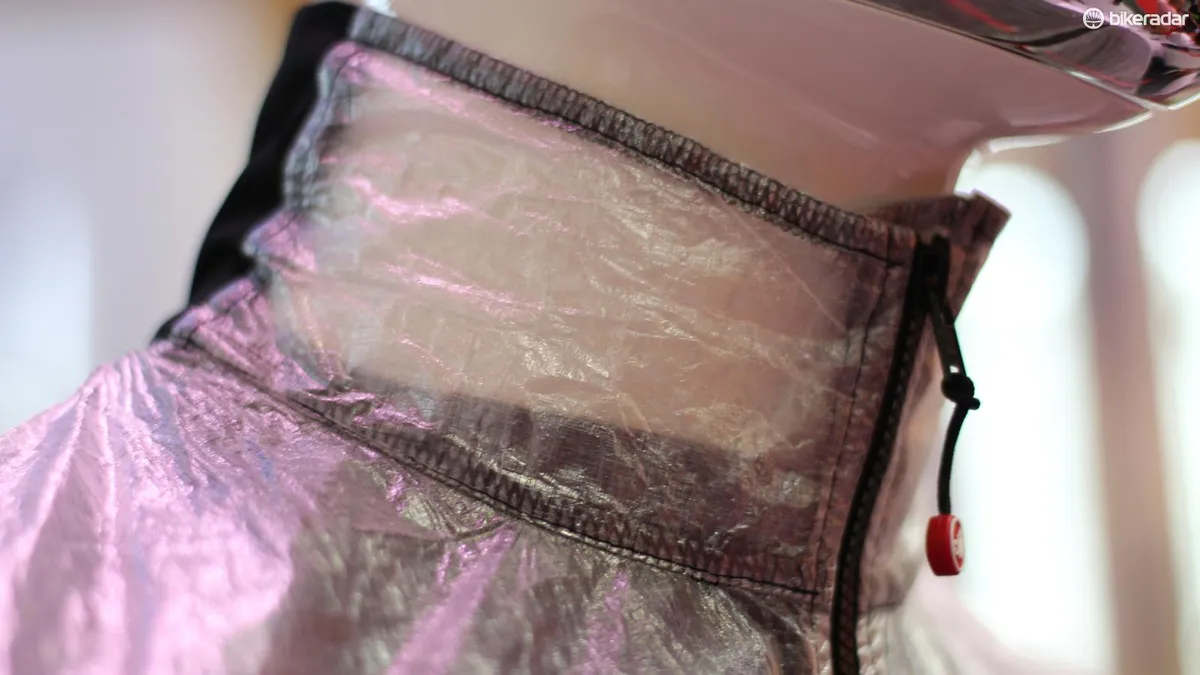
Reticulated foam. Laser cuts. A breathable rain jacket that weighs as much as an empty water bottle. A vest that packs down to the size of two gels. These are but a few of the highlights of the road clothing shown at the massive Eurobike trade show in Friedrichshafen, Germany last summer.
We particularly liked the merino-carbon blend used by British company Ashmei for its new Short Sleeve Classic Jersey, the reticulated foam used by Pearl Izumi on the chamois of its new Pro Escape Bib short, and the new Stelvio rain jacket from Sportful which was designed as the answer to the pros’ request for a lightweight, packable rain jacket that is relatively aero.
- Our guide to the bike clothing innovations to look out for in 2017
Best base layers for cycling: a buyer’s guide
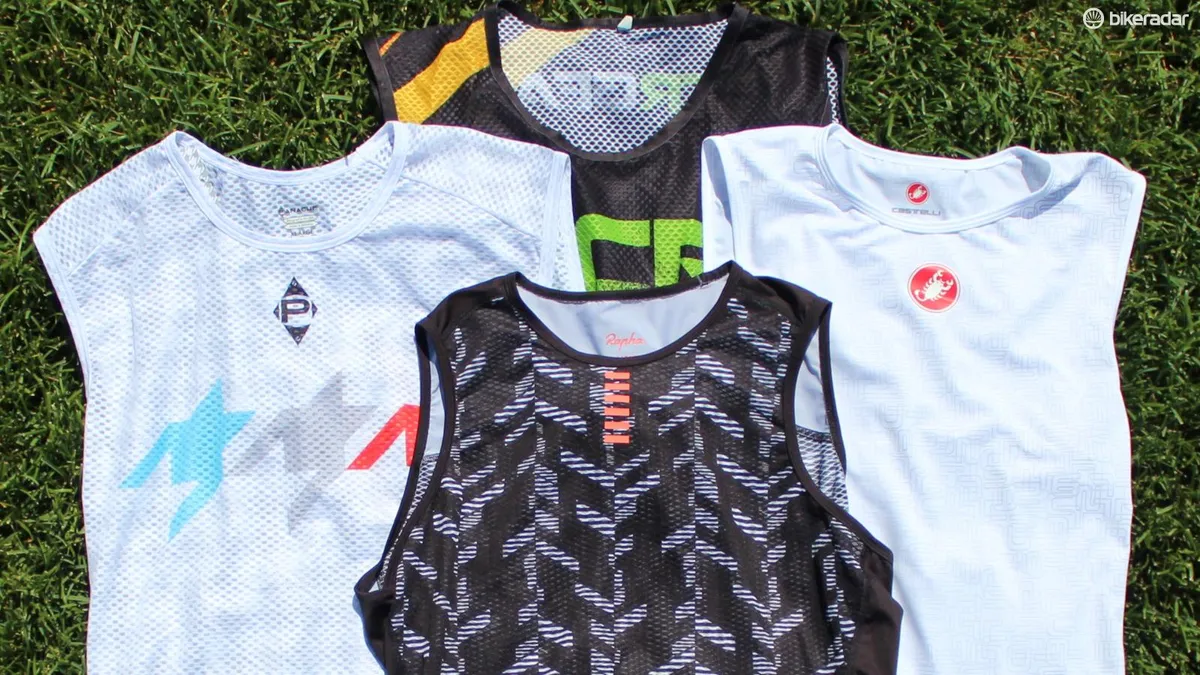
Base layers are often worn by cyclists. They’re brilliant at keeping you comfortable, for two reasons: they keep you warm by trapping a layer of air next to your body, and they transport sweat away from your skin to keep you dry.
Suitable for almost any situation – only the hottest days will preclude them – they’re designed to help manage the climate differential between the inside and outside of your garments. Think of them as a soft, comfy cushion between your naked skin and whatever the weather is doing. Oh, and they’re great at managing smells, by transporting sweat away from the skin.
Some base layers wick moisture away from the skin through capillary action (the fabric’s inner face has lots of tiny voids to make it porous), while others do it using hydrophilic coatings that work to actively draw moisture through the garment to the outer face, where it can evaporate more easily. Either way, you’ll really notice the benefit if you’re working hard and sweating lots.
- Our guide to the best base layers for cyclists
Best waterproof jackets for cyclists
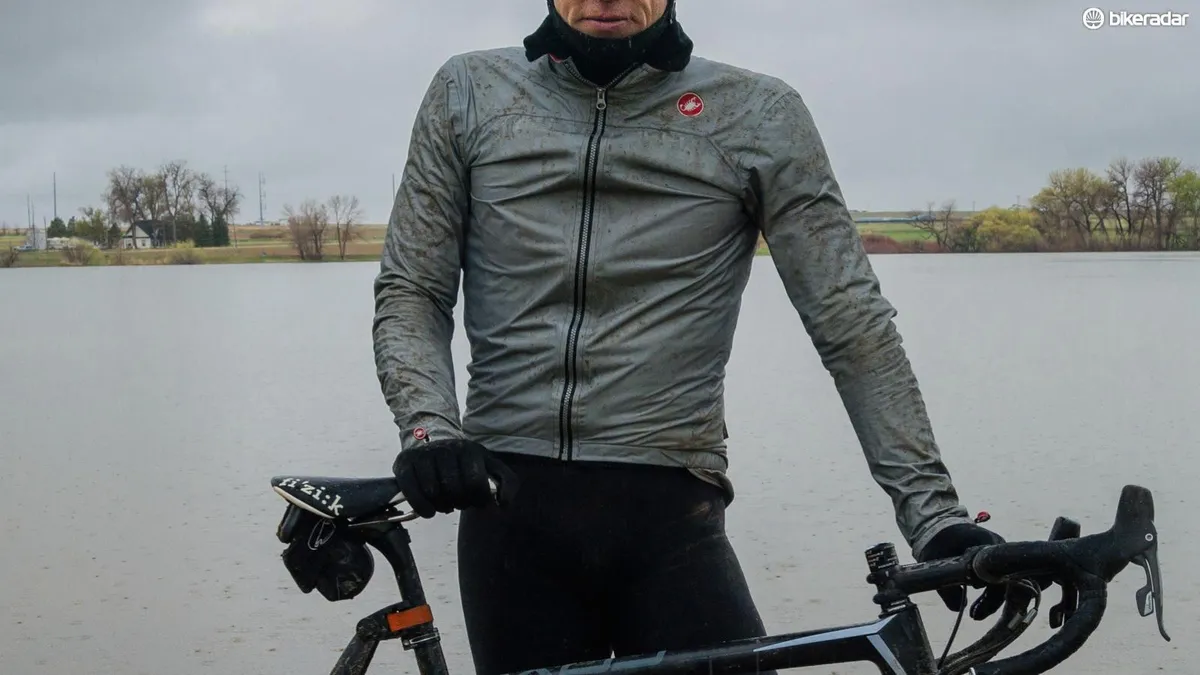
For many cyclists, wet weather is an unavoidable fact of life (hello, British readers!). So a good waterproof jacket is a wise purchase: not only will it fend off the water falling from the sky, but it will let your body heat escape, so you don’t end up hot and clammy. No easy task when you’re working hard, some achieve this through fancy fabrics like Gore-Tex, and others through judicious placement of vents.
Your choice of jacket will depend on a number of factors, including what kind of riding you do, the weather you face, and your budget. Roadies won’t want a jacket that’s loose-cut and flapping around, mountain bikers might want a hood, and many urban commuters don’t need a jacket that can withstand torrential downpours of several hours.
Aside from being both waterproof and breathable, it’s worth seeking out a jacket that packs down into a tiny package and is easily pocketable. A garment that can be stowed in a jersey pocket, saddlebag or rucksack can be conveniently carried with you at all times. Better still, if the rain stops, you can take it off and put it away rather than be forced to keep wearing it long after it’s done its job.
- Our guide to the best waterproof jackets for cyclists
Best road bike clothing
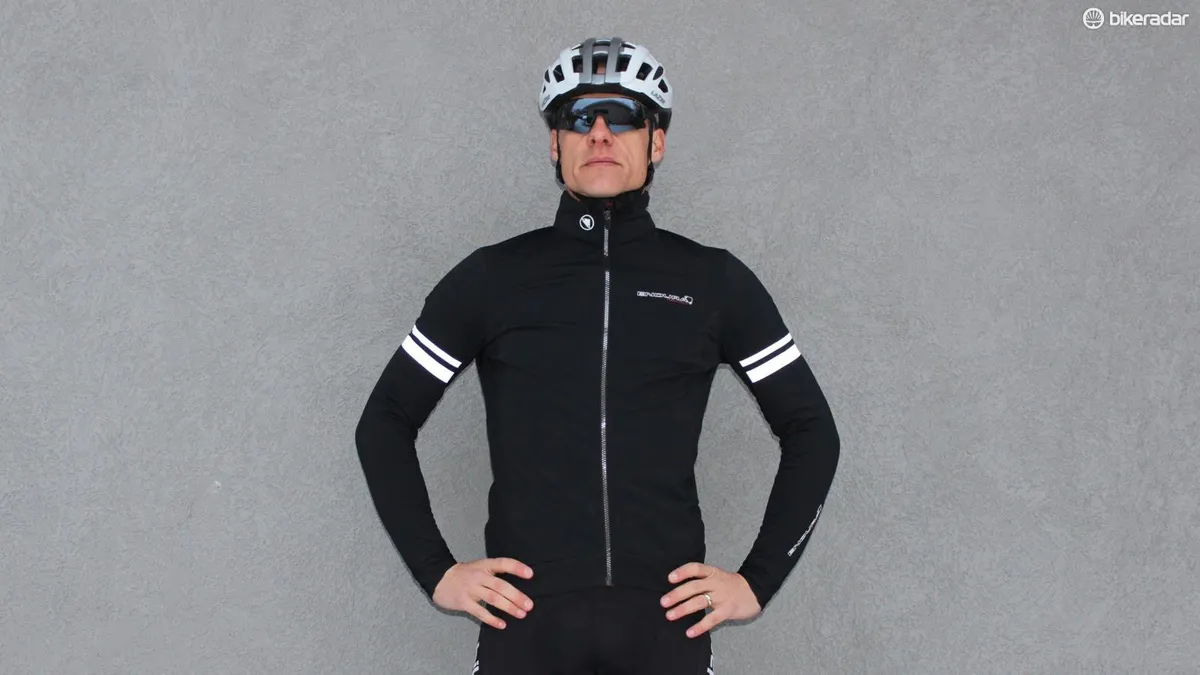
Figure-hugging Lycra is most often seen on road cyclists, but you don’t need a wardrobe full of the stretchy stuff to enjoy riding on tarmac. However, a few well-chosen garments will make spending time in the saddle more comfortable and enjoyable. And a good fit is essential if you don’t want seams rubbing up the wrong places (you definitely don’t).
So you may want to consider padded shorts that offer protection where it counts, jerseys that keep you warm and provide somewhere to stash essentials, and gloves that help absorb bumps and vibrations, without hindering your control of the bike.
There’s a wealth of clothing out there to suit all budgets, tastes and climates, from the brightly-coloured and eyewateringly expensive to the subdued and heavily insulated. Generally speaking, after fit, your main comfort considerations boil down to chafing, temperature, weather resistance, practicality and control.
- Our guide to the best road bike clothing
- Our guide to the best bib shorts for road cyclists
- Our guide to the best women's bib shorts
Best mountain bike shorts from new brands
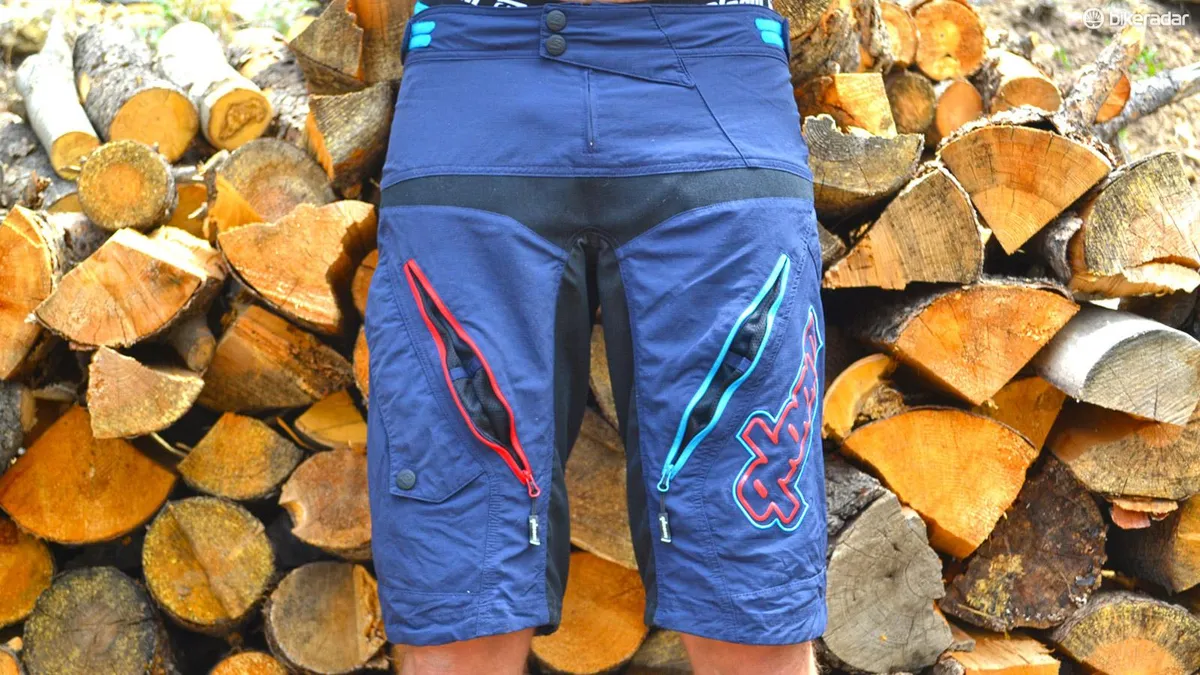
For years, there were only a few major players in the mountain bike short world. While Fox, Pearl Izumi and Race Face still dominate, there are now a number of options from established companies and start-ups that cover the range from pure XC racing to enduro charging and every type of riding in between.
Some are tough, downhill-capable, heavy-duty bottoms, others fall into the go-fast, cross country realm and a few encompass most off-road riding disciplines. So whether you’re looking for the lightest, toughest or baggiest breeches on the market today, there’s bound to be something for you.
- Our guide to the best mountain bike shorts from new brands
Best cross-country race shoes
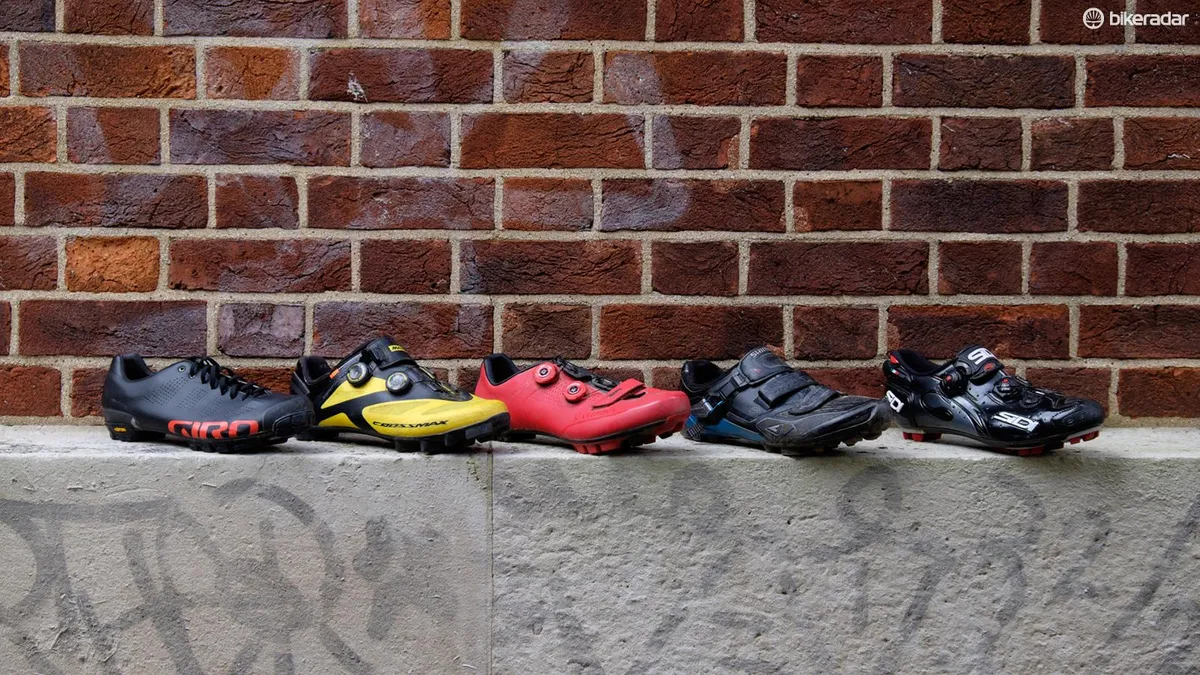
Cross-country MTB racing is one of the most physically demanding disciplines in all of cycling, with rider and bike flirting the limits of low weight and huge power on technically demanding courses. Footwear must follow suit, so the best will combine class-leading stiffness, low weight, comfortable fit and a durable finish.
That’s not to say all XC race shoes are the same, though: from the foot retention system used to the tread profile, ventilation and all-important fit, there’s a wide variety of options available for those wanting to pin on a number.
- Our guide to the best cross-country race shoes
Best cycling gloves for winter riding
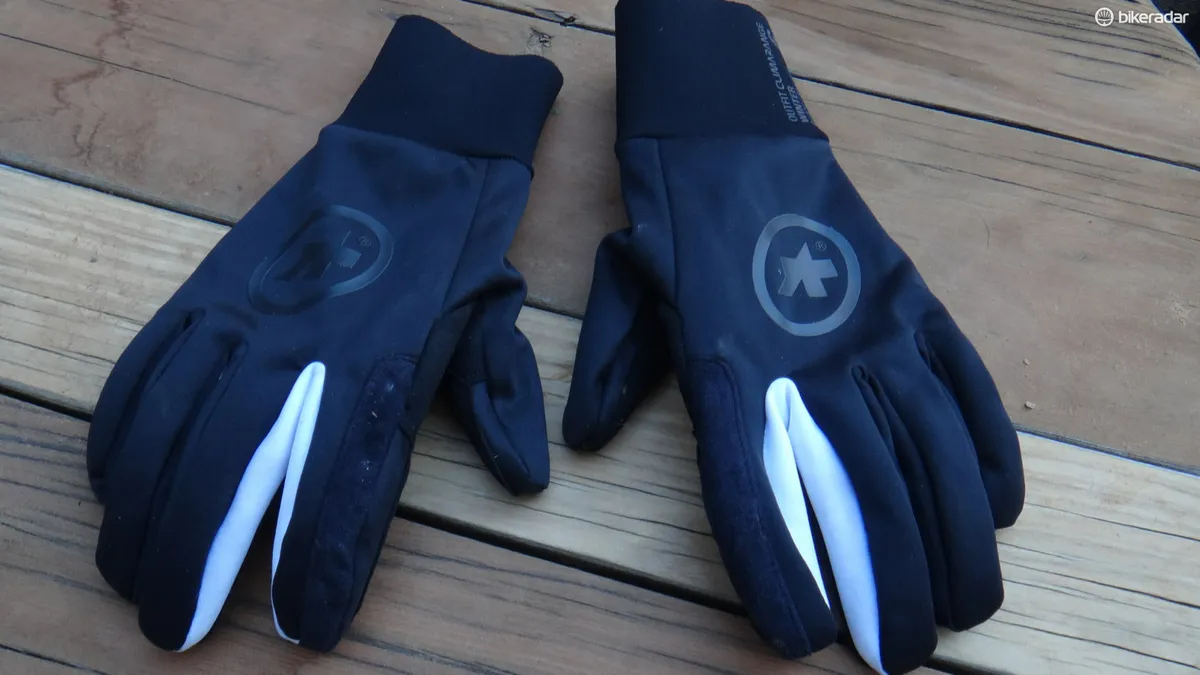
In winter a good pair of cycling gloves is vital – they’ll keep your hands warm, dry and happy. The best ones for you depends on how wet and cold it is, what kind of riding you do, whether you want to use a smartphone with them, and more.
If it’s truly arctic and you’re battling sub-zero conditions, you can still keep your hands toasty by opting for a ‘claw’ design which groups your fingers into twos (with a separate pouch for your thumb). If it’s hammering with rain, there are waterproof designs out there that’ll laugh in the face of total immersion.
Also look for an adjustable cuff with a decent overlap, a proper fit that won’t impede control, enough padding to absorb the inevitable bumps, and some absorbent material on the base of the thumbs to wipe away snot.
- Our complete guide to the best cycling gloves for winter riding
Best winter cycling clothing
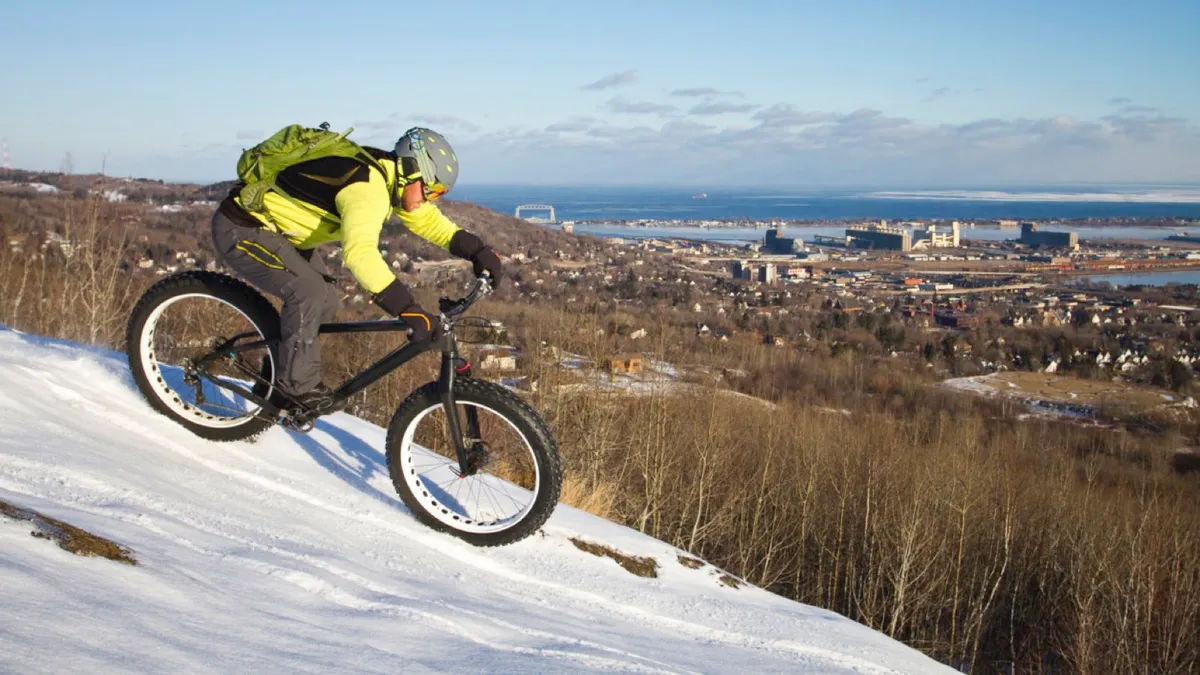
Winter cycling can be a blast – quieter roads and trails, beautiful scenery, no loss of summer fitness – but it can also be cruel. Depending on where you live, you’re more likely to encounter much colder temperatures, biting winds and driving rain. The old saying’s true, though – there’s no such thing as bad weather, just bad clothing.
So once the mercury starts to plummet, reach for the trusty jacket, overshoes, cap and extra-warm gloves, because you’re going to need extra protection. Especially your extremities, those little fellows hate the cold. From layering sensibly to caring for your kit, staying visible and wearing woollen socks, there are plenty of little things you can do to keep riding right through the coldest months.
Our guide to the best winter cycling clothing
Best urban cycling clothing
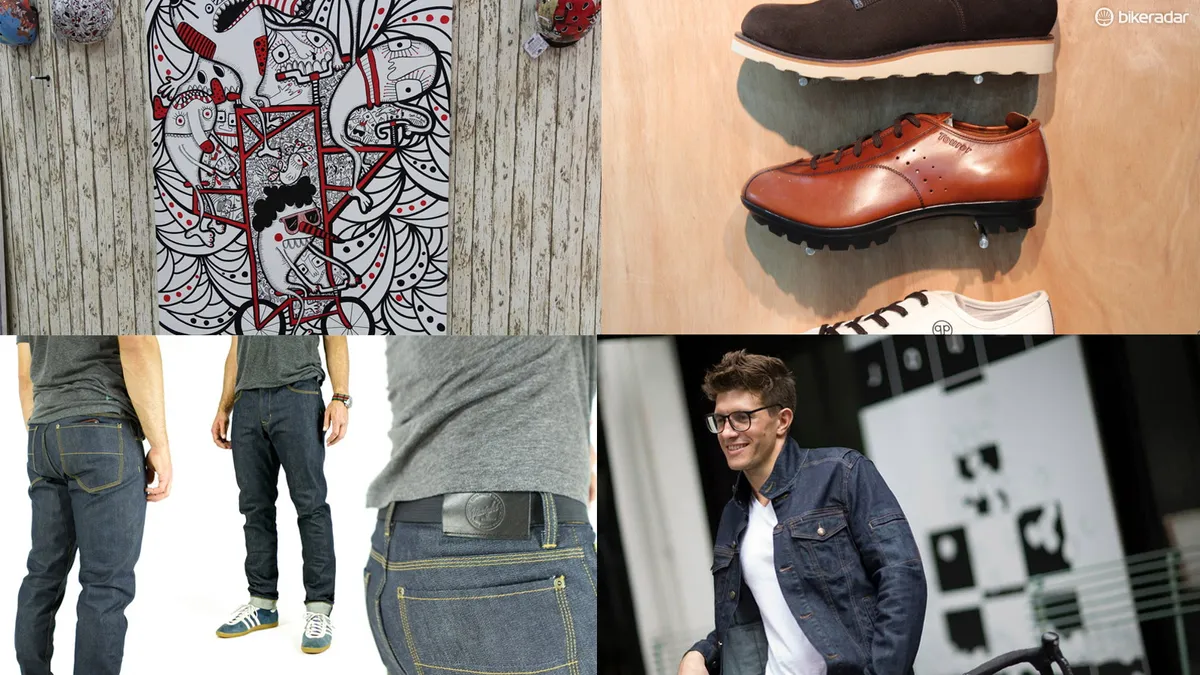
In recent years we’ve seen a growth in urban cycling apparel, designed to straddle the line between on-bike comfort and off-bike style with ease. In the words of British brand Vulpine, they sell clothing for ‘ride and destination’.
In many cases, that means great-looking garments that won’t look out of place in office or bar, yet can be ridden with comfort along city streets. Slightly stretchy fabric, reflective elements, water-repellent treatments and carefully placed seams all play their part in achieving this.
Some mainstream fashion brands like Levi’s Jeans are getting in on the action with an entire Commuter Line, while high-end cycling brand Rapha also has its own City Collection, with everything from merino tops and under layers to jeans, belts and leather gloves.
- Our guide to the best urban cycling clothing
Best sports bras for cycling
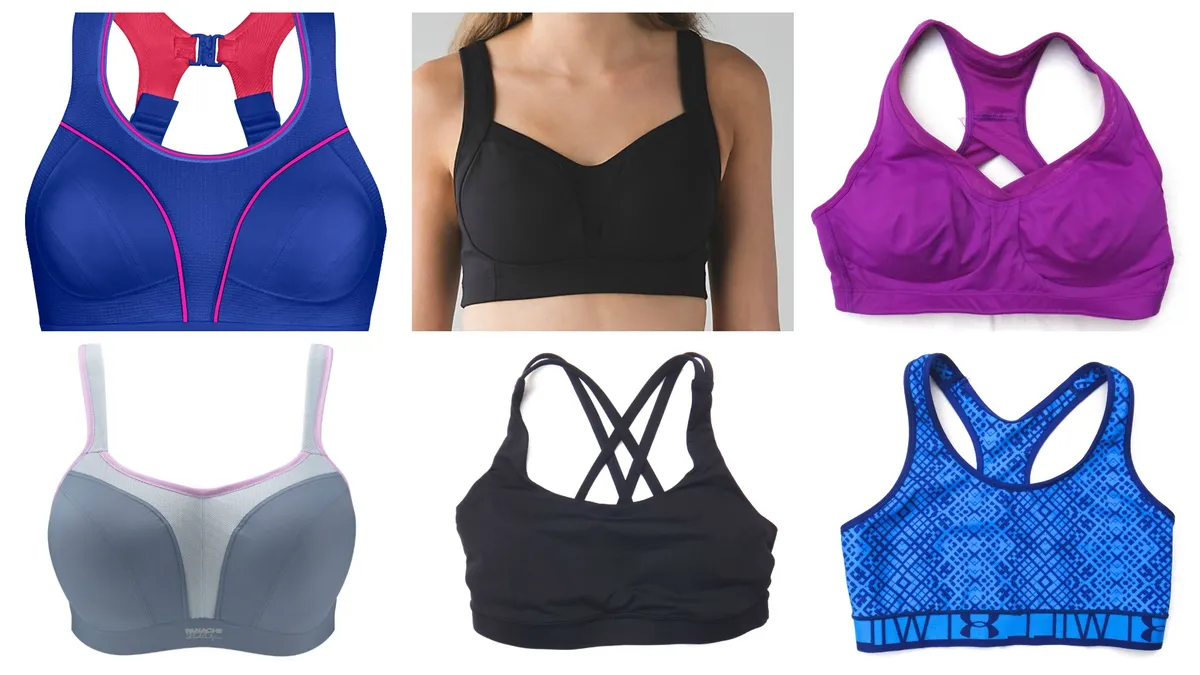
A good sports bra can make all the difference to comfort and performance in the saddle. Get it right, and you feel great, but the wrong bra can lead to discomfort, tenderness and pain.
With so many bras out there to choose from, it’s hard to know where to start. BikeRadar is here to help, with some key things to look out for, and with a selection of bras we’ve tried, tested and rated.
- Our guide to the best sports bras for cycling
What is the safest colour for cycle clothing?

Is dark-coloured cycle clothing dangerous to wear? Does high-vis kit really help you be seen? And if so, why do so many roadies love black? These are all good questions, and worth looking at.
The truth is, black sportswear will always be popular with consumers thanks to its associations with understated style, seriousness and sobriety. But high-vis kit, reflective detailing and contrasting patterns are proven in numerous studies to be very effective at grabbing drivers’ attention in low-light situation.
We spoke to a number of brands recently about whether black kit will ever fall out of fashion, what that means for cyclists’ safety, and what else we can all do to improve our chances of of being seen when it counts.
- Our guide to the safest colour for cycle clothing
How to rejuvenate your waterproof cycling gear
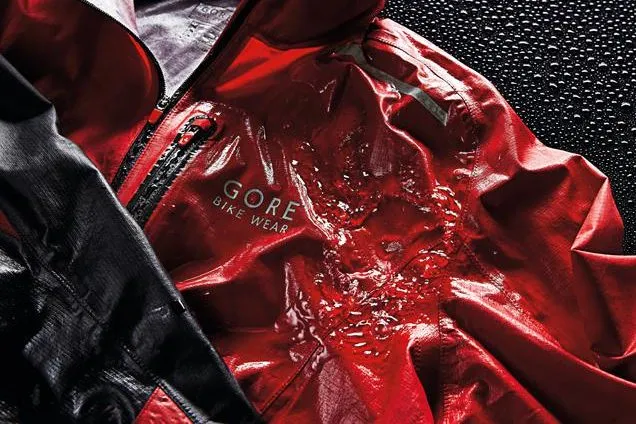
Once you’ve found the best bike clothing for your budget and needs, it makes sense to look after it. A little care can make it last much longer, and keep it working at its best. The specific care your garment requires will depend on the fabric it’s made from, so always refer to the manufacturer’s advice.
Try to keep it clean – mud, sweat and other muck can clog the pores, and gradually erode any waterproof membrane. Spray off any visible mud after your ride, and wash the garment with a proper technical wash like Nikwax every three rides or so.
Some fabrics like Gore-Tex and eVent also need regular reproofing with Durable Water Resistant (DWR) coating, while others like Epic Cotton need a trip through the tumble dryer in order to reactivate their water-resistant properties. Again, look at the label.
- Our guide to rejuvenating your waterproof cycling clothing
